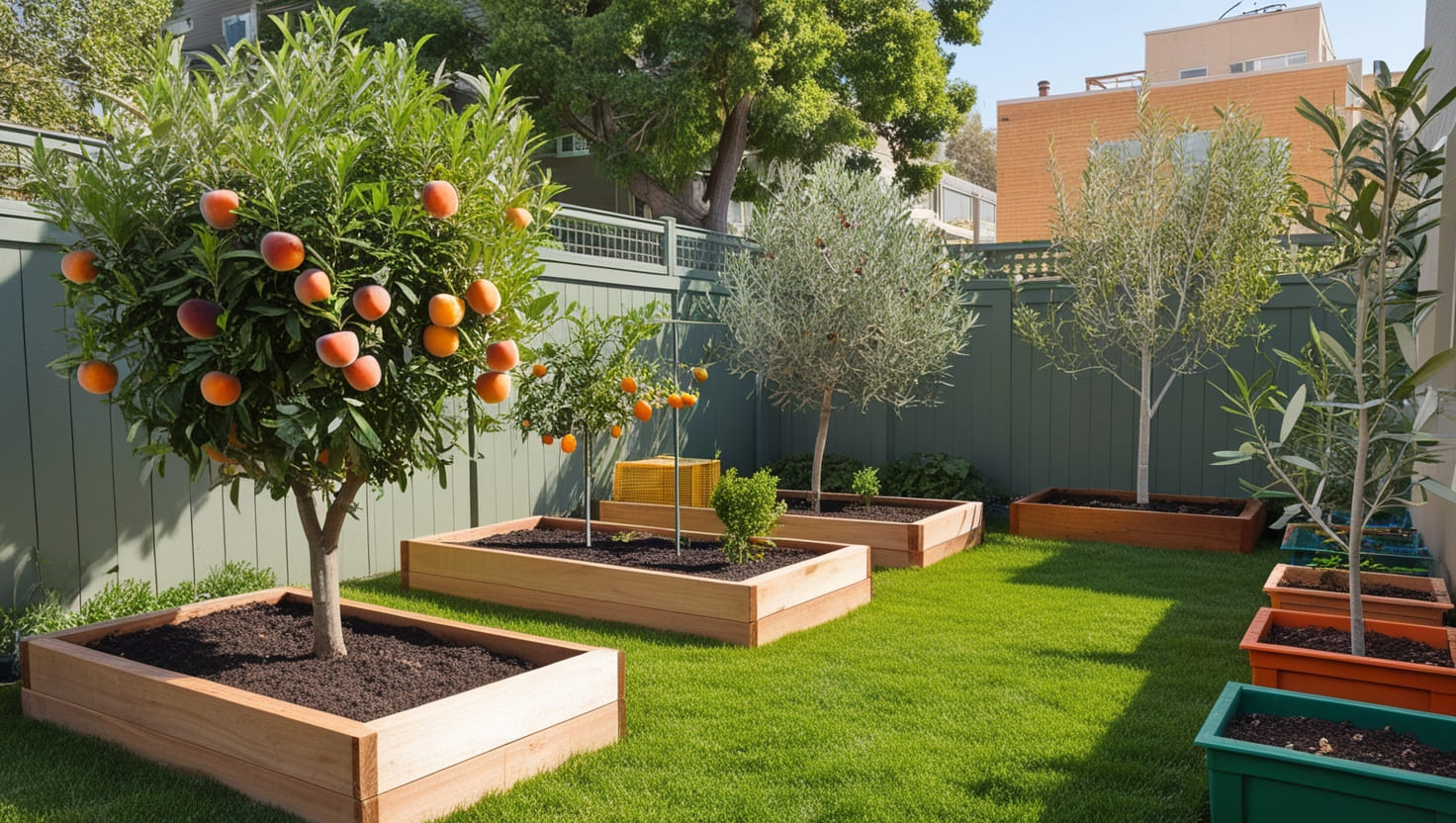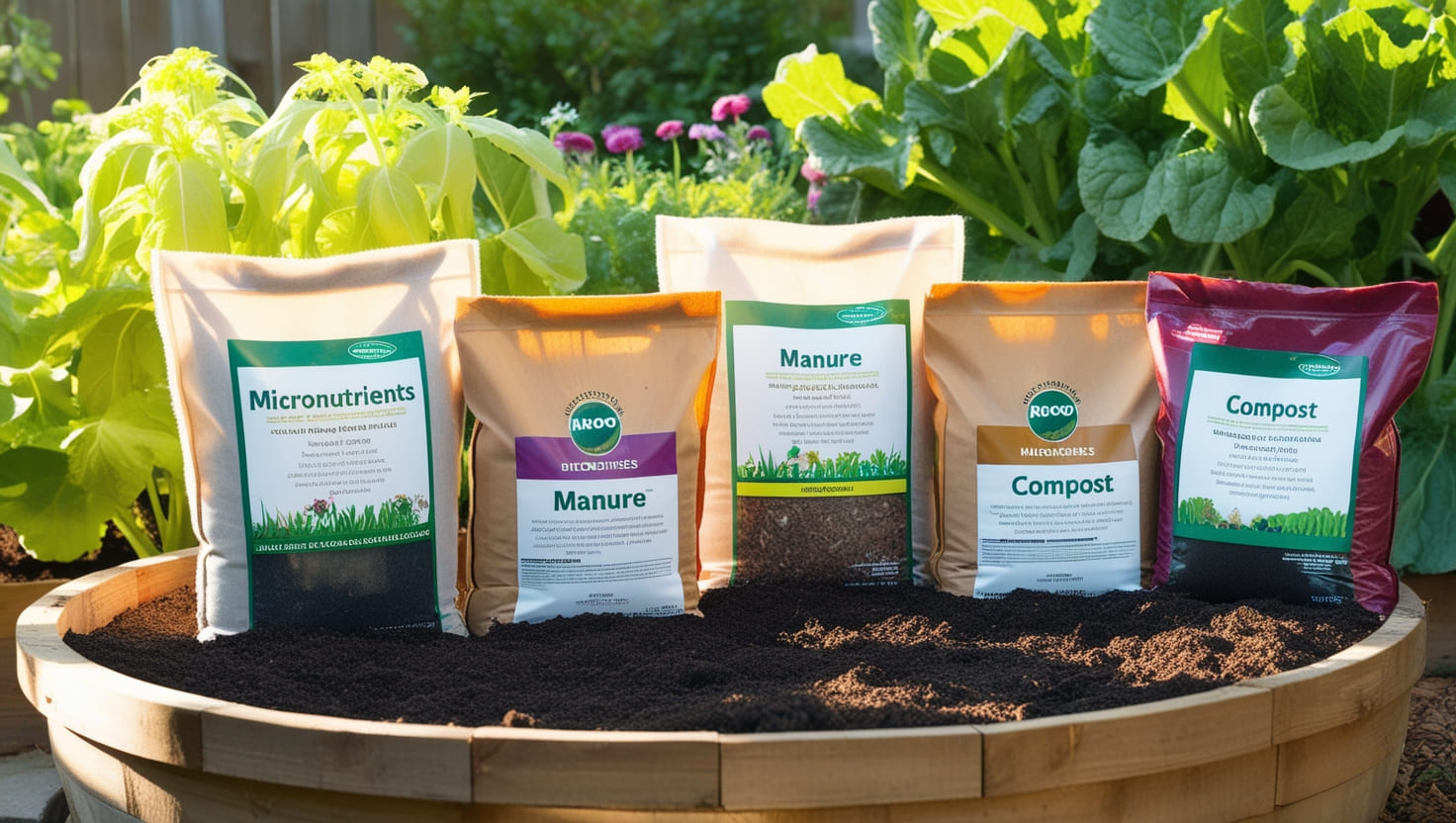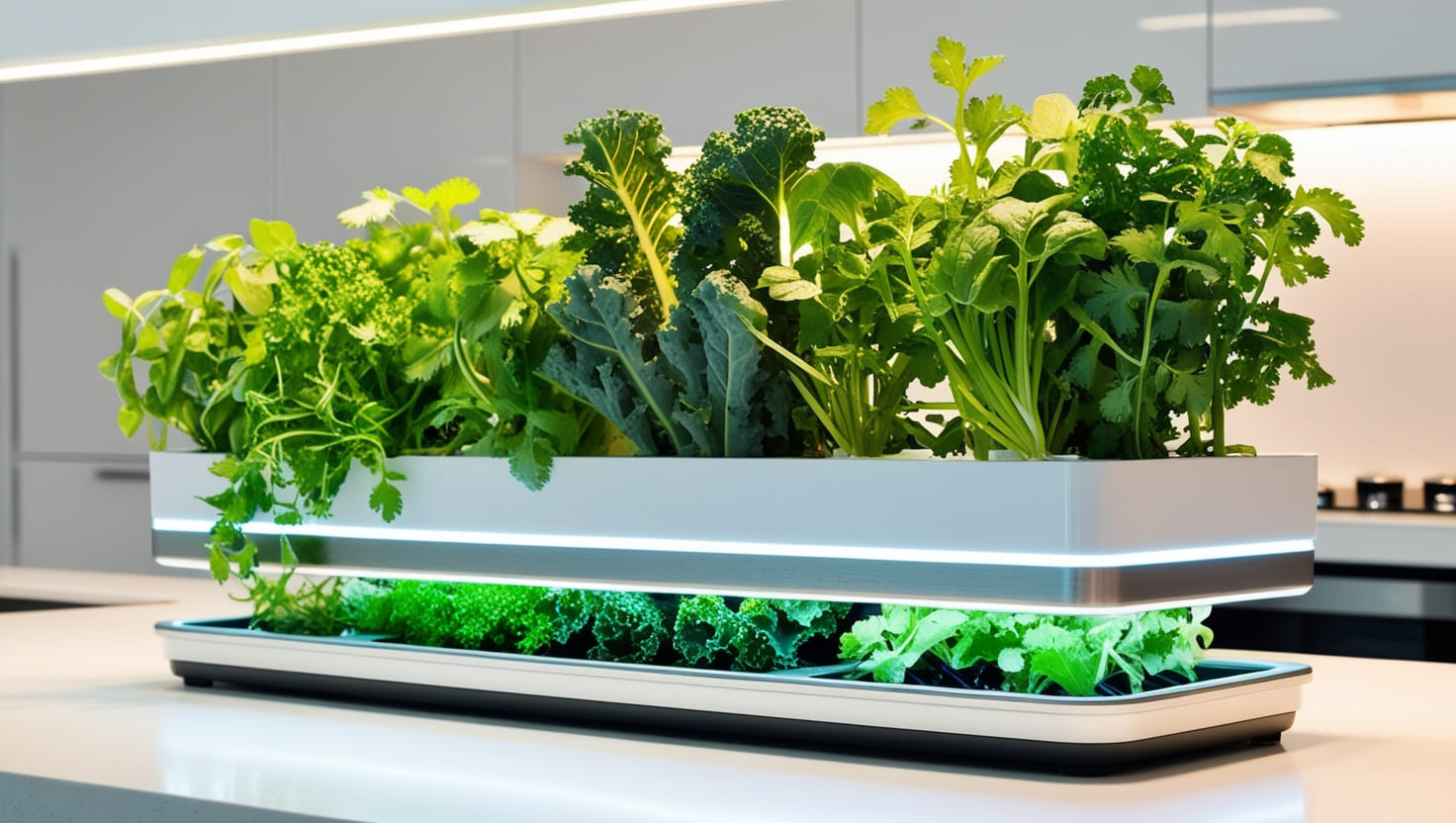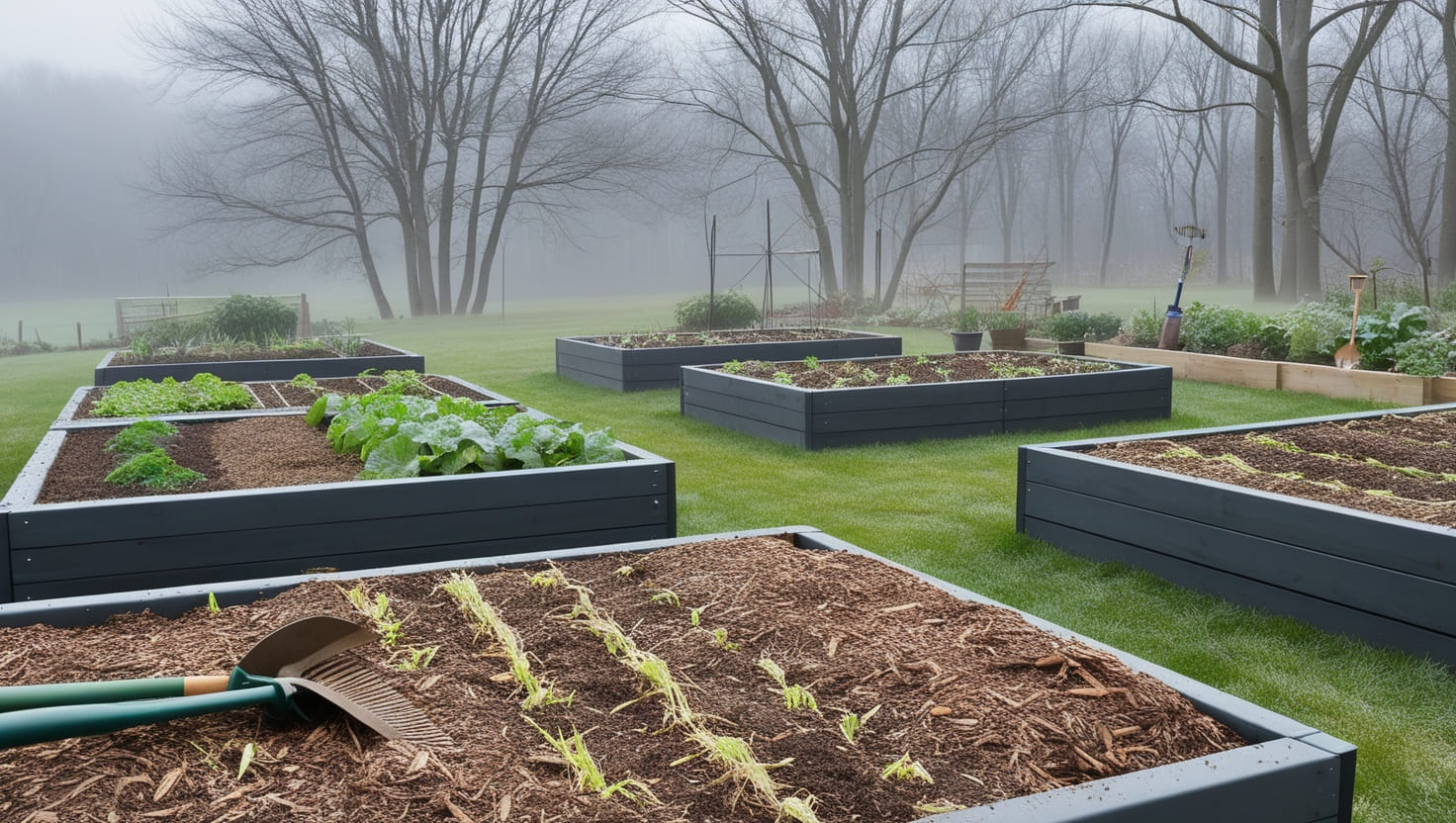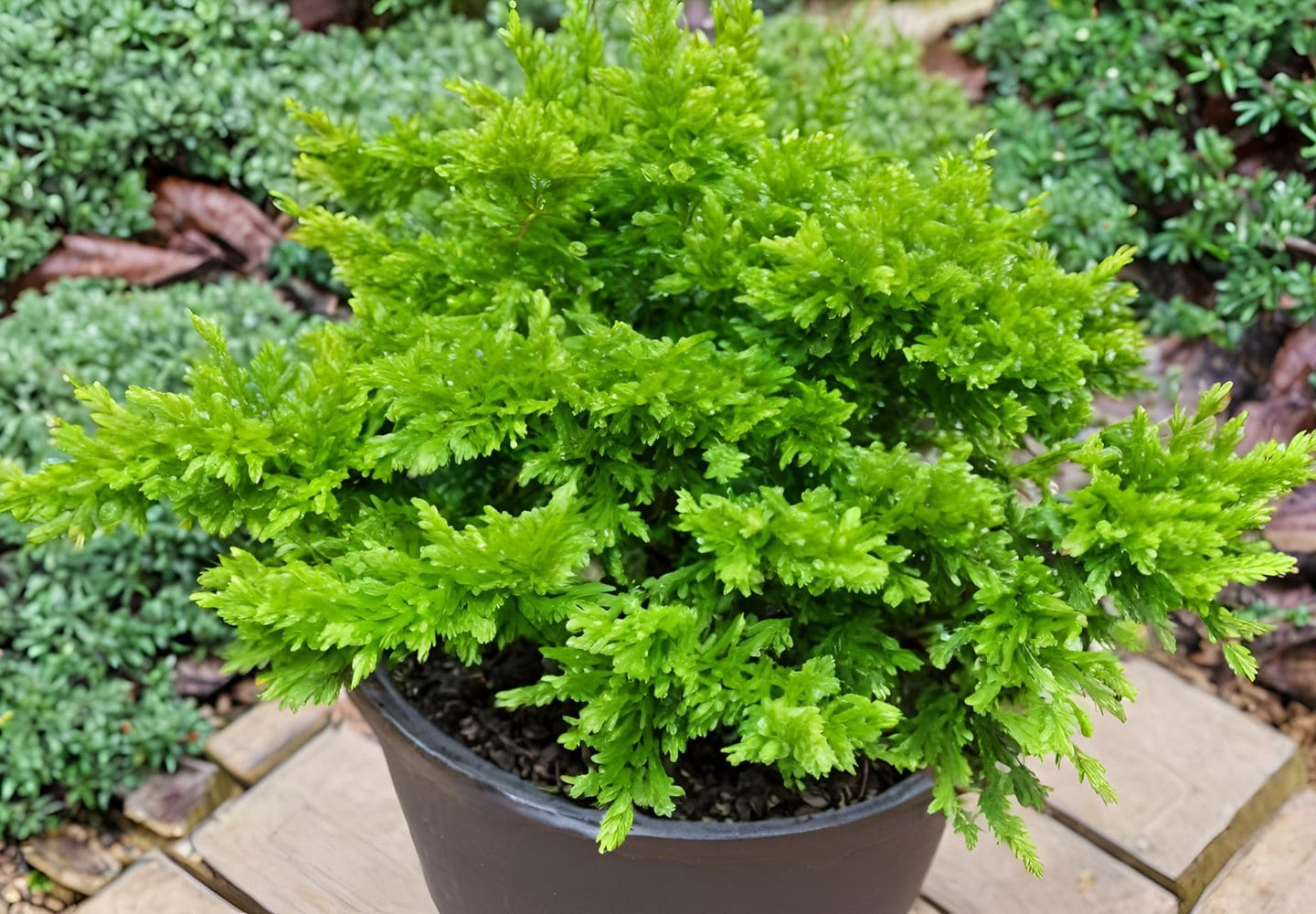
Introduction
Hinoki False Cypress Slender (Chamaecyparis obtusa ‘Slender‘) – a lovely, graceful conifer that is highly prized in landscaping and gardening for its narrow columnar shape and dense greenery. It is also commonly used to provide some vertical interest in a garden and can be found growing through many landscape designs. Our article will go over the plant, its growth habits and needs for water & light, caring practices as well along with where in your landscape you may be able to put a Hinoki False Cypress Slender.
Botanical Background
Origin and Natural Habitat
The Hinoki False Cypress Slender is a Japanese native that does well in the cool, moist air of Japan’s mountainous regions. Slow-growing and graceful, it is from the cypress family, Cupressaceae.
Botanical Characteristics
A very slender, upright form of the Hinoki False Cypress that is a slow growing semi-dwarf conifer reaching 10-12 feet in height but only 2-3 feet wide. Foliage: They have a lush canopy of deep, green fan shaped leaves that are evergreen. The trunk is a cinnamon peelable bark, which gives it more visual appeal.
Varieties and Cultivars
Although ‘Slender’ is a recognized variety, there are many other cultivars of Chamaecyparis obtusa with unique traits. Some common types include the ‘Gracilis’, ‘Nana Gracilis’ and ︎ Crippsii varieties, which all have different sizes, shapes and colors of foliage.
Growing Conditions
Ideal Climate for Cultivation
Slender Hinoki False Cypress — This particular false cypress likes temperate regions with cool, damp climates. It is hardy to USDA zones 4-8 and cold temperatures, but does not do well with excessive wind or heat.
Soil Requirements
They like good draining, slightly acidic to neutral soil. Be sure that they drain well, as Hinoki False Cypress is prone to root rot in saturated soils. By adding organic matter, the structure of soil can be improved and it may also make more nutrients.
Watering and Moisture Needs
Hinoki False Cypress Slender moist soil Watering should be done regularly, particularly in dry periods but care must also be exercised to not over-water. Mulching around the base of plant helps retain soil moisture and keeps temperatures from fluctuating.
Planting and Propagation
Planting Techniques
Plant the Hinoki False Cypress Slender in a location that provides partial shade to full sun, and dig a hole twice as wide as for root ball was just packaged and place your soil mix of compost beginning back into planting site. Then water well when planting to help settle the soil around these roots.
Propagation Methods
It is normally propagated from semi-hardwood cuttings taken in late summer. Treat these with a rooting hormone and bury them in loose, sandy soil to develop roots.
Best Planting Time
Hinoki False Cypress Slender is best planted in early spring or fall when the temperatures are a bit cooler, so it has time to root before the warmest temps of summer hit.

Care and Maintenance
Pruning Tips
Infrequent pruning possible in late winter or early spring before new growth begins. Dead or damaged branches should be pruned to keep the plant in good health and form.
Fertilization
A slow-release fertilizer (balanced) can be applied in early spring to support healthy growth. Avoid excessive feeding, which will encourage fast growth that is liable to collapse under the weight of its own manner.
Pests and Diseases to Watch Out For
Such things as spider mites, aphids can be kept under control with insecticidal soap or horticultural oil. Soil conditions are important since root rot- a common disease in Swiss chard that is spread by poor drainage.

Landscape Uses
Garden Design Ideas
Allowed to reach its full height at maturity, the Hinoki False Cypress Slender offers an amazing solution for vertical accent in a garden border or entryway and even looks terrific mixed with flowering shrubs planted together. With its stringy form, it is a great plant for thin spaces in small gardens or when used as an accent tree where larger landscape plants are available.
Companion Plants
Good companion plants for the cluster lily include shade-tolerant perennials like hostas, ferns and azalea shrubs. The dark green of its leaves make a bold statement around lighter or variegated foliage.
Use in Different Garden Styles
This dwarf slow-growing conifer can be used in either a formal Japanese garden or a more casual cottage-style garden. It remains evergreen all year long so you are use to seeing it enjoy interest throughout the winter months.
Container Growing
Choosing the Right Container
To provide your root system with enough space, you need to choose a large and deep container that has solid drainage holes. Terracotta and wood are breathable, so containers made of these materials should be used if possible.
Container Gardening Indoors and Out
Although this plant can be cultivated in containers, it usually prefers growing outdoors because of its size. But with some attention to pruning and light/humidity conditions, it can be grown indoors.
Care Tips for Potted Plants
Hinoki False Cypress Slender is potted more common watering and fertilization require than planted in the ground. Keep the soil moist, but not soggy, and protect your plant from chilling or scalding temperatures.
Common Problems
Yellowing Foliage
Faded or yellow foliage is a nutritional problem, overwatering or maybe the tree has been showing stress from environmental conditions. Review the care routine and modify watering or fertilizing as necessary.
Root Rot
One of the most serious problems behind root rot is poorly drained soil. To avoid this, make sure the site where you plant it or container has good drainage and refrain from overwatering.
Dealing with Pests
Susceptible to insect infestation and can be easily remedied with treatment. Be vigilant and keep an eye on the plant for pests, you may also want to remove any dying foliage in time before it infects healthy leaves.
Seasonal Care
Winter Protection
In colder climates, protect the plant from winter damage by applying a thick layer of mulch around the base and wrapping the foliage in burlap if necessary.
Spring Revival
Pull back any insulation in the spring and remove dead or mangled branches to accompany new growth. A light fertilizer application can encourage the plant to exit winter dormancy.
Summer and Fall Care
During the summer, ensure the plant receives adequate water, especially in hot, dry conditions. In the fall, prepare the plant for winter by reducing watering and applying a final layer of mulch.
Expert Insights
Interviews With Gardeners
Make sure to plant the This type of False Cypress in a spot with good soil, and do take care that they receive lots of sun. They also suggest frequent examination for pests and diseases, in order to maintain health over time.
Successful Garden Case Studies
For instance, a Japanese garden in the Pacific Northwest uses Hinoki False Cypress Slender as an essential tool for giving this scene its vertical relevance and compositional balance.
Future Trends
Emerging Hybrid Varieties
New cultivars are in a state of development with increased disease resistance, more clean habit plants which have foliage colors not currently available to consumers.
Rapid Growth in Urban Gardens
With the surge of interest in urban gardening, its slow and compact growth habit also makes this small tree a delightful consideration for city bounders.
Practical Applications
Home Gardening Guidelines
Hinoki False Cypress Slender CareHome gardeners should pay most attention to the site selection, soil preparation and routine care of their Hinokis so as keep them healthy. Regular pest and disease inspections are also equally important.
Tips for Commercial Growers
Providing well-rooted and disease-free plants will assist commercial growers in meeting the success- and satisfaction-related goals of their clientele by way of educating them on proper care.
Conclusion
The Hinoki False Cypress Slender is an adaptable, low-maintenance plant that adds beauty and structure to many different landscape styles. Aesthetic conifer, perfect for a focal point in the home garden or popular nursery plant These care tips will make sure that the Hinoki False Cypress Slender you bought remains appealing for many years.
FAQ.
Hinoki False Cypress Slender is a narrow, upright cultivar of the Chamaecyparis obtusa species, known for its dense, evergreen foliage and columnar form.
This plant has a slow growth rate, typically adding only a few inches per year, making it easy to maintain in a variety of garden settings.
Yes, the compact, narrow growth habit of Hinoki False Cypress Slender makes it ideal for small gardens or tight spaces.
While it can be grown indoors with careful attention to light and humidity, it is generally better suited for outdoor cultivation due to its size.
